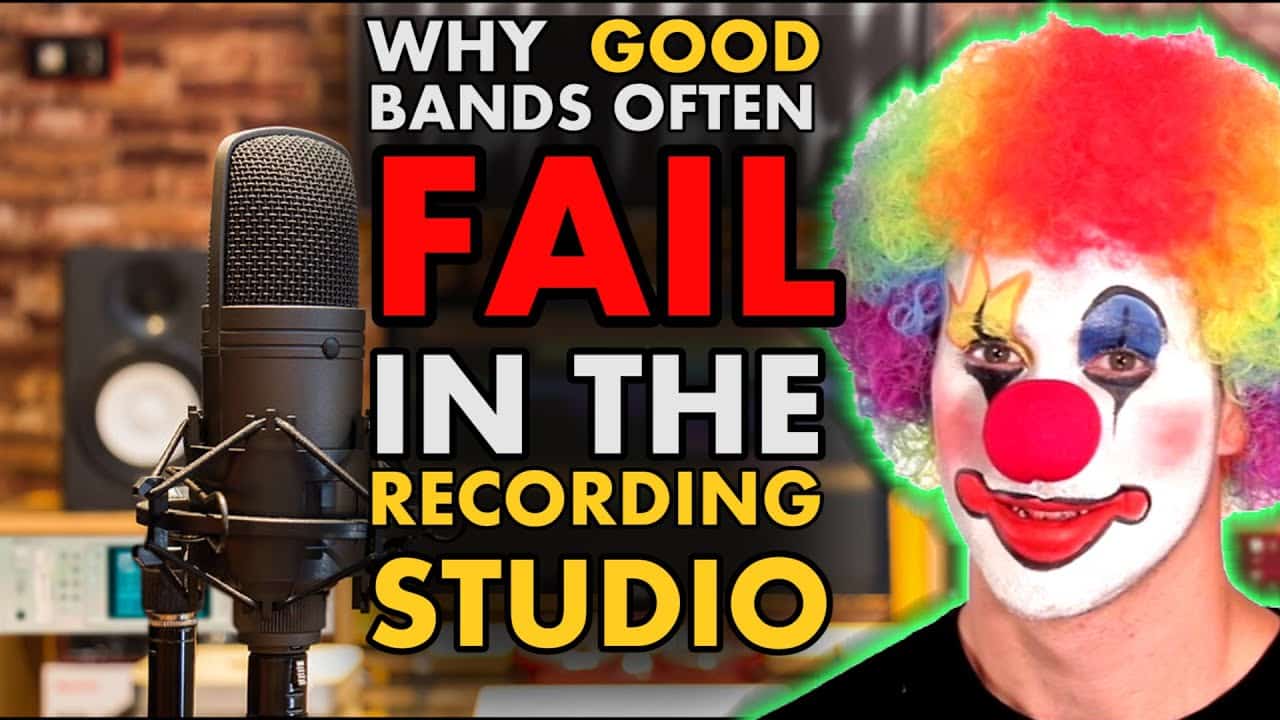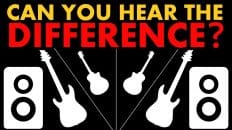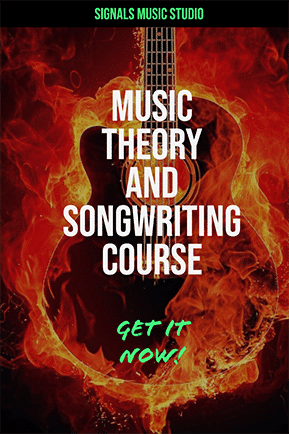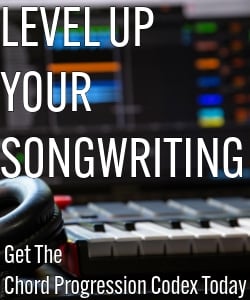Performing live and recording in the studio are completely different skills. I’ve worked with great musicians who completely stumble in the studio environment. Here are the biggest issues that waste time, energy, and lead to poor results. For even more, watch the video up top.
Have Your Stuff Written
This sounds obvious, but I’m astonished at how many people book studio time without having all the details figured out. They don’t know how the outro goes, the bridge isn’t written, or they’re unsure about lyrics.
Book a pre-production session to figure out what kind of producer you’re working with. Will they help you solve problems, or do they just hit record and leave you to figure it out?
Practice to a Click Track
So much modern production uses click tracks that not practicing to one ahead of time can ruin your session. I can’t tell you how many sessions were destroyed because someone couldn’t play to a click.
Don’t Use the Studio to Improvise
Just because you’re great at improvising live doesn’t mean it’ll work in the sterile studio environment. A lot of good players suffer from studio paralysis when they can’t feed off crowd energy.
Write your parts ahead of time. This includes drum fills. I’ve worked with drummers who play different fills each take, making editing harder and showing the fills weren’t written with intent.
“But Jake, I heard that Jimi Hendrix improvised his solos in the studio?”
Are you as good as Jimi? If so, you don’t need to be reading my blog. Don’t look at outliers and think its easy or normal!
The Studio is for Work – Not For Fun
We’ve romanticized the idea of hanging out in studios, but unless you’re booking a million-dollar facility, the studio is a place to get work done. Every hour spent on something you could have done at home brings the session down. That doesn’t mean it needs to be miserable – a good producer should be able to foster a fun environment without bogging down the pace of recording.
Guitarists: Double Tracking Problems
The biggest problem I encounter is guitarists who can’t play the exact same thing twice. Modern guitar parts are often double tracked, with one performance panned left and an identical one panned right.You have to record it twice (not copy-paste), and it has to be nearly identical. If you’re sloppy or improvising, you get sloppiness between tracks that ruins the tight production.
Also, don’t get attached to your guitar tone. Live tone and studio tone are different. Producers think about mixing your guitar with drums, bass, and other layers. What sounds weak to you might be perfect for the final mix.
Bass Players: Note Control
One of the most common issues is bass players letting notes ring into each other. Two notes ringing together in the low end create a dissonant fog that makes kick drums less audible and clouds the mix.
Another problem is writing parts that can’t be heard in the final mix. That cool harmonic work might be completely buried under the guitar tones. Learn arrangement skills – understand what should be played at specific moments to serve the song.
Drummers: Consistency is Key!
Editing bad drums is one of the most time-consuming things I do as a producer. When snare hits are inconsistent or kick drums vary wildly in volume, it creates problems. Drummers have the most important role because most songs start with drums as the foundation. You need to know the songs perfectly without your band’s help, since drums are often recorded first with just a click track.
Vocalists: Learn Studio Technique
Studio singing is different from live singing. Learn proper mic technique – maintain distance, reduce plosives, don’t cup the mic.
Memorize your lyrics. Don’t rely on your phone or paper that crinkles and takes your focus away from the microphone.
Write your harmonies ahead of time. I’ve seen hours wasted when vocalists want to add harmonies but don’t know how to write them. You don’t want your producer writing your music for you.
Don’t be afraid of pitch correction. Good producers use it as a tool to improve the final product, whether that means moving something in tune or out of tune.
Keyboard Players
You’re usually fine, in my experience! Most keyboard players come prepared because piano lessons teach formal skills like reading music and writing progressions.
Just discuss equipment ahead of time with your engineer or producer. Will you need to bring weighted keys? Is there a grand piano? Are you working with MIDI? Don’t get surprised by the gear when you arrive.
The Bottom Line
These are the big offenders that will mess up your studio session. The key is preparation – know your parts, practice to a click, and understand that studio work is different from live performance. Come ready to work, not to figure things out on the spot.







